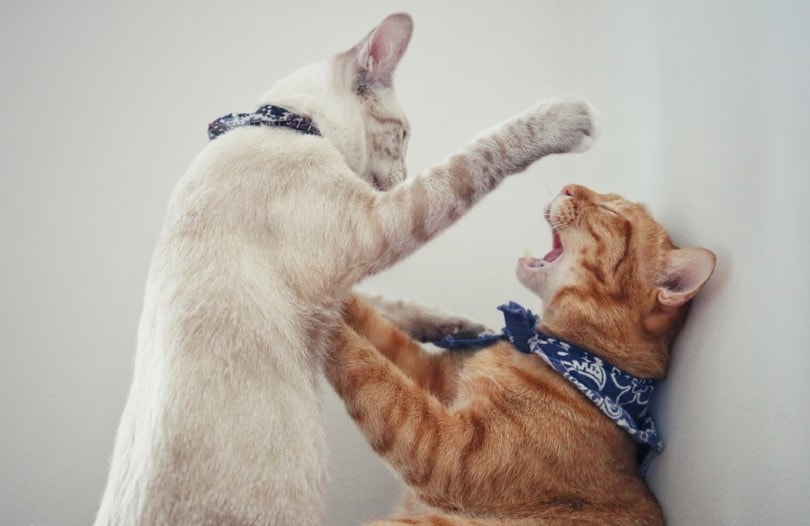8 Feral Cat Myths & Misconceptions You Should Know About
Updated on

Feral cats are common around the world, and many people believe in many myths and misconceptions about them. Some people believe that feral cats are aggressive, while others think that they should be taken to shelters for adoption.
But are any of these things s true? Are we doing things out of ignorance that could potentially harm feral cats?
In this article, we debunk eight feral cat myths and common misconceptions, so read on to learn more about community felines.
The 8 Feral Cat Myths & Common Misconceptions
1. Feral Cats Will Transmit Diseases to Humans
Many people think that feral cats will transmit diseases to them, mainly because they live outside and are in contact with various animals and parasites.
Some believe that feral cats could transfer rabies, but there has not been a case of a human getting infected by rabies due to cat contact in over 40 years.1
What’s the Truth?
Although a feral cat may occasionally transmit a disease to a human, it’s not that common. When it comes to the danger of transmitting diseases, feral cats are as dangerous as any other indoor-outdoor cat. Also, most cats’ diseases are animal diseases, meaning they can spread to other animals but not to humans.
The Stanford University Department of Environmental Health and Safety did the research and determined that feral cats pose no health threats to humans.
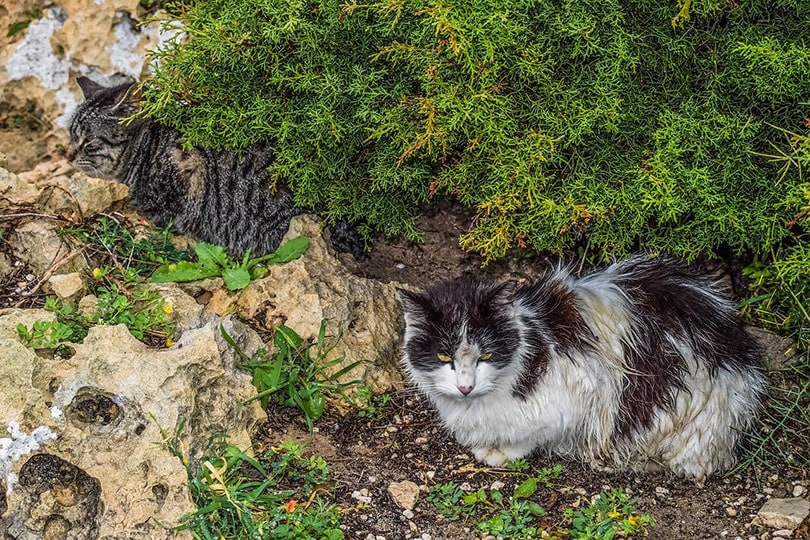
2. Feral Cats Will Attack Kids or Other People
Some people believe that feral cats are aggressive and will attack kids or other people. This misconception is probably because feral cats are not that friendly and occasionally show their assertive side if you approach them out of the blue.
However, most feral cats exhibit such behaviors as a way to protect themselves, considering humans as possible threats. Still, it’s not common for a feral cat to attack kids or people.
What’s the Truth?
Feral cats are not used to human contact, which is why they may feel anxious or nervous about humans.2 However, feral cats are not a threat to kids or adults, as they won’t attack you as long as you don’t provoke them.
These cats typically hide from people, so you shouldn’t try to force a feral cat to interact with you. If you let community cats do their thing, they won’t be aggressive and will rarely try to hurt any human.
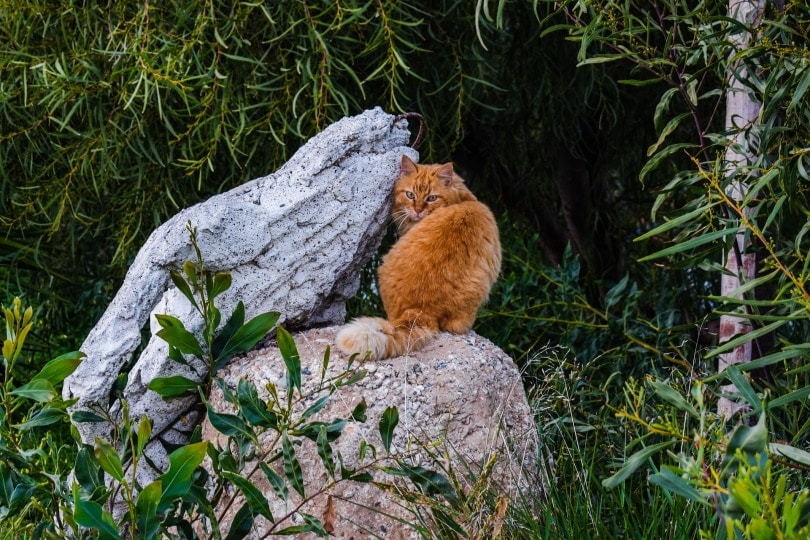
3. Communities With Feral Cats Need Extermination
Some people believe that feral cat communities need to be exterminated. But this approach is inhumane and ineffective. Extermination will not resolve the issue of an overpopulation of feral cats, but it can cause harm and hurt many feral cats in the process.
What’s the Truth?
If your community has a large number of feral cats, try to help them instead of considering extermination. That may actually lead to an increase in the population of feral cats and further problems.
The best way to decrease the number of feral cats in your community is to practice TNR, or “trap, neuter, return.”3 This technique helps feral cats by having people gently trap them, get them neutered, and release them back where they were found.
Although this may sound ineffective, neutering can drastically reduce the number of feral cats and kittens in neighborhoods and prevent overpopulation.
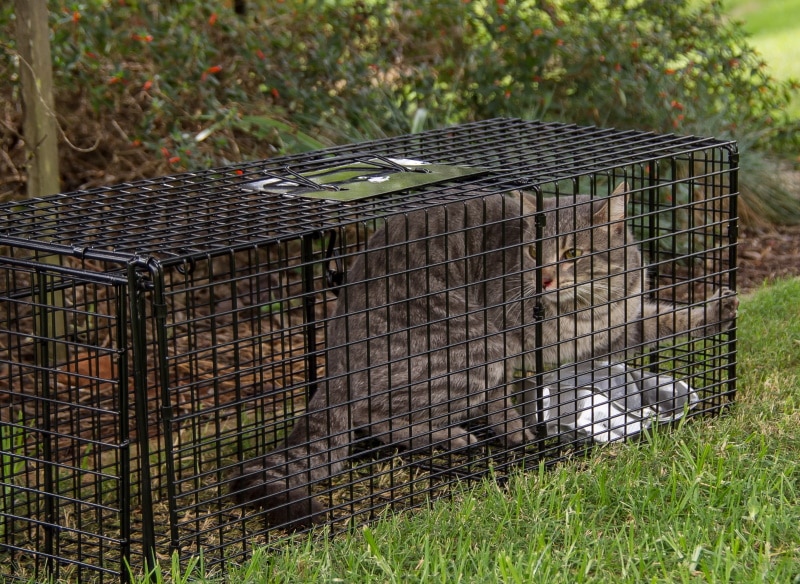
4. If You Don’t Feed Feral Cats, They Will Go Away
If you’re a person who likes to feed feral cats to help them out, you’ve probably had at least one person tell you that the cats would go away if you stopped feeding them.
What’s the Truth?
Like domestic cats, feral cats are territorial animals,4 so they will stay put whether you offer them food or not. Even if there are people giving food to them, most feral cats still hunt and find their own food, so they’re not dependent on people feeding them. That said, even if you do stop feeding feral cats, they will remain in the same territory and find their own food.
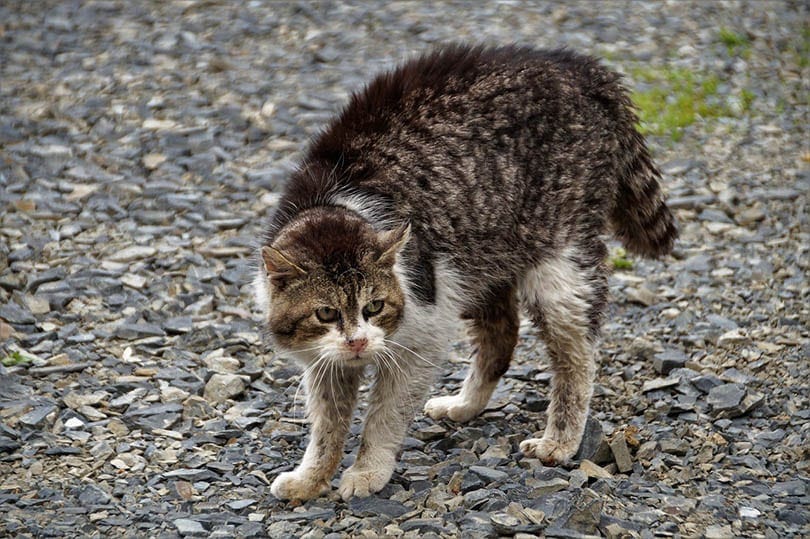
5. Feeding Feral Cats Without Neutering Them Is Helpful
Feeding feral cats is a lovely gesture to support and help these animals. However, many people think that feeding feral cats without neutering them is helpful, which is not entirely true.
When feeding feral cats, you should always engage in TNR to ensure that what you’re doing is helping the cats and the community.
What’s the Truth?
Providing food to feral cats without neutering them will lead to an increase in the population of feral cats. The cats will have more food for kittens, meaning they will likely breed more, causing overpopulation.
Instead of simply feeding the feral cats, try to neuter as many of them in your area as possible to keep their numbers from increasing.
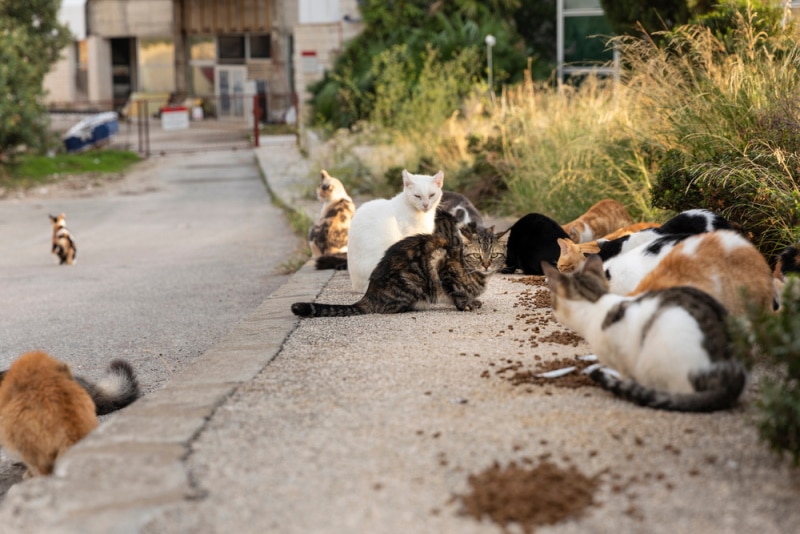
6. Feral Cats Should Be Taken to Shelters for Adoption
Some people may believe that it’s a good idea to take feral cats to shelters for adoption. However, this is not something that you should always do.
What’s the Truth?
Due to their territorial nature, feral cats may experience extreme stress and anxiety because of the change in their environment.
Also, many shelter animals worldwide are euthanized if they don’t get adopted, so your potential good deed may turn into a not-so-good situation for the feral cat.
Finally, feral cats are typically not supposed to be kept as pets.
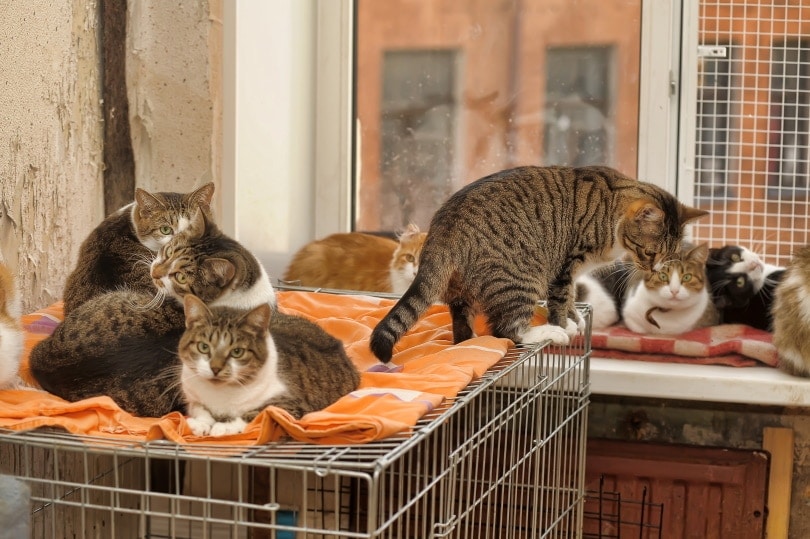
7. Feral Cats Can Be Kept as Pets
There are people who believe that feral cats can be kept as pets; this is both true and false. Before knowing whether a feral cat can be kept as a pet, there are a few things that you need to find out.
What’s the Truth?
If you want to get a feral kitten and keep them as a pet, the chances that you’ll be able to socialize them and keep them indoors are quite high. However, you typically won’t be able to take an adult feral cat and keep them as a pet.
Adult feral cats have a particular type of lifestyle and are usually afraid of humans, so the ability to socialize them and keep them indoors is low.
Taking an adult feral cat out of their territory and into your home could potentially cause stress, anxiety, and trauma.
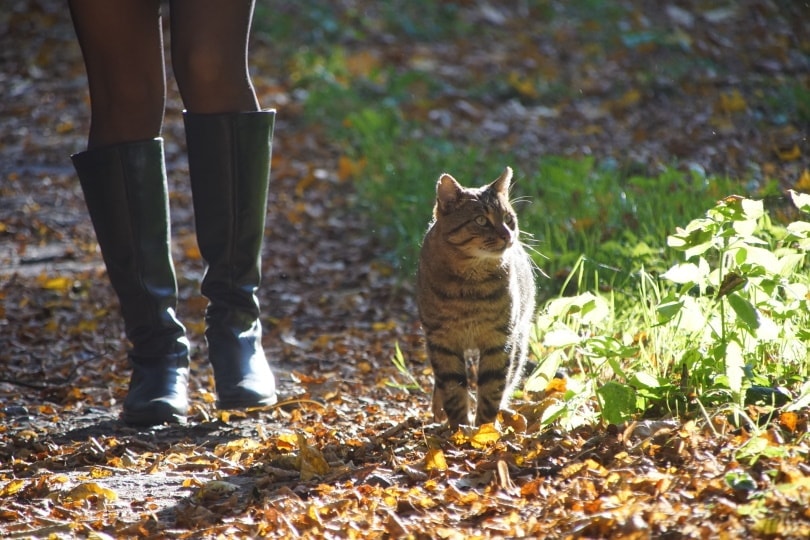
8. There’s Nothing That I Can Do to Help Feral Cats
It’s a common myth that there’s nothing that people can do to help feral cats and that it’s best to simply let them be. But you can actually help feral cats as long as you know what to do and how to do it.
What’s the Truth?
You can help feral cats in many ways, depending on what you feel comfortable doing. A few of the best ways to help feral cats are:
- Engage in TNR.
- Donate to organizations that help feral cats.
- Volunteer to help feral cats.
- Spread awareness about the challenges that these cats face every day.
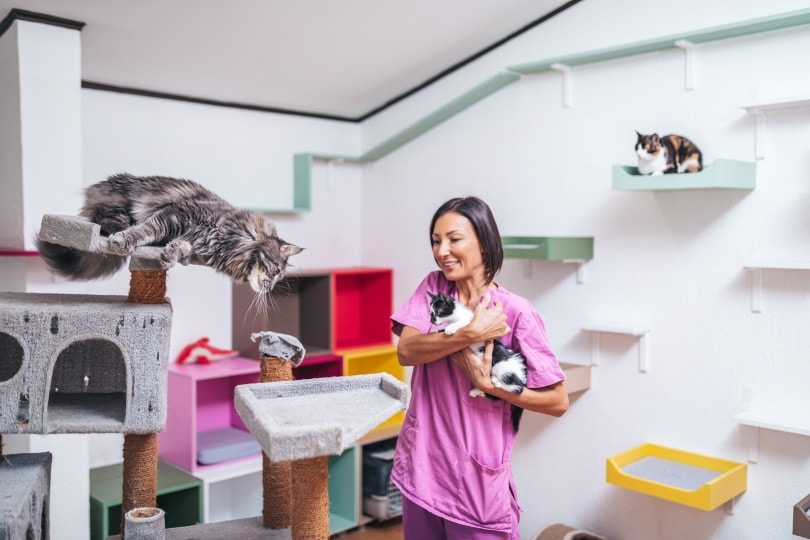
Conclusion
Unfortunately, many people are not educated on feral cats, so they may make mistakes and think that they’re helping. Although the thought behind the deed counts, people should know the proper things that they can do to help these animals.
Featured Image Credit: Murat An, Shutterstock

